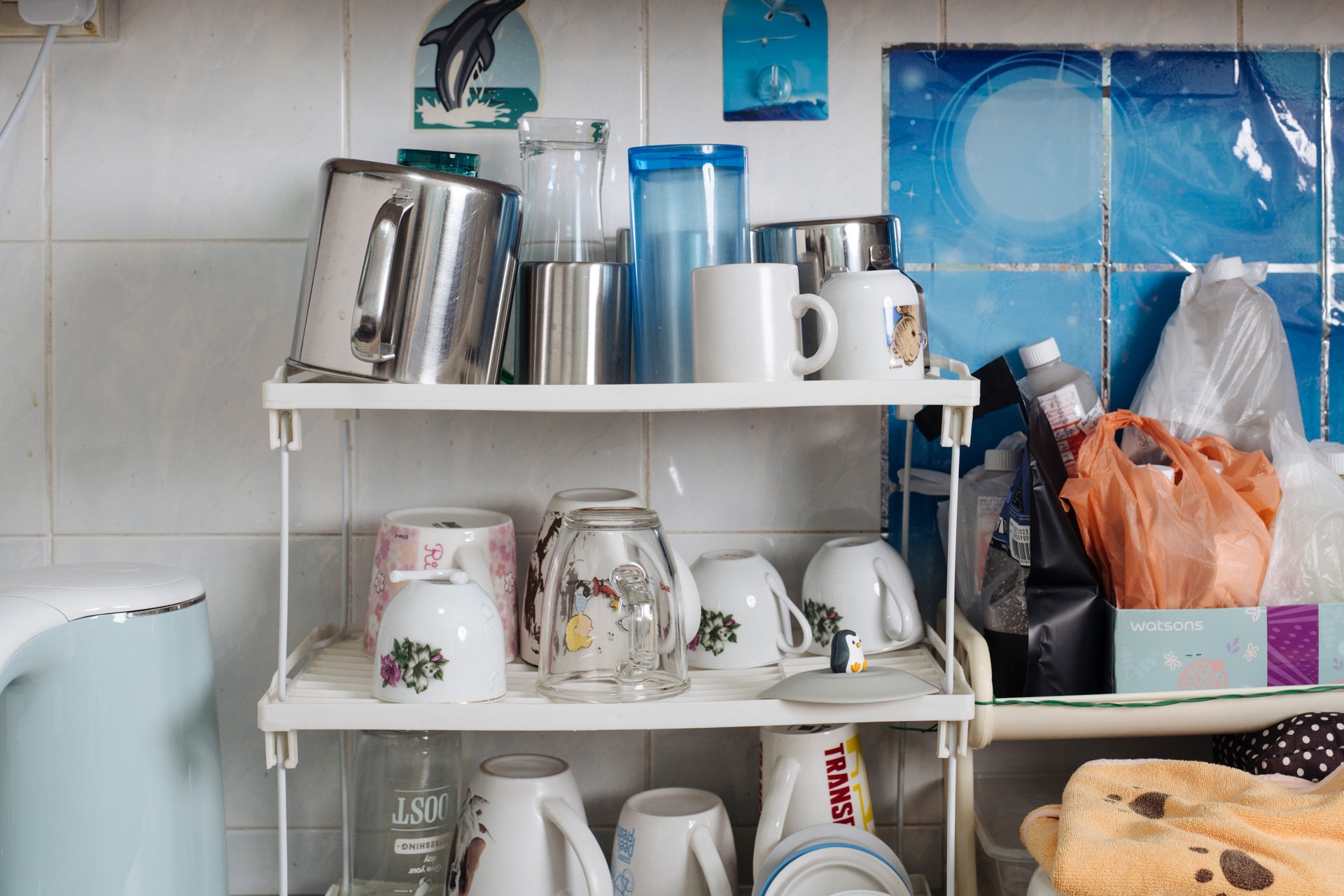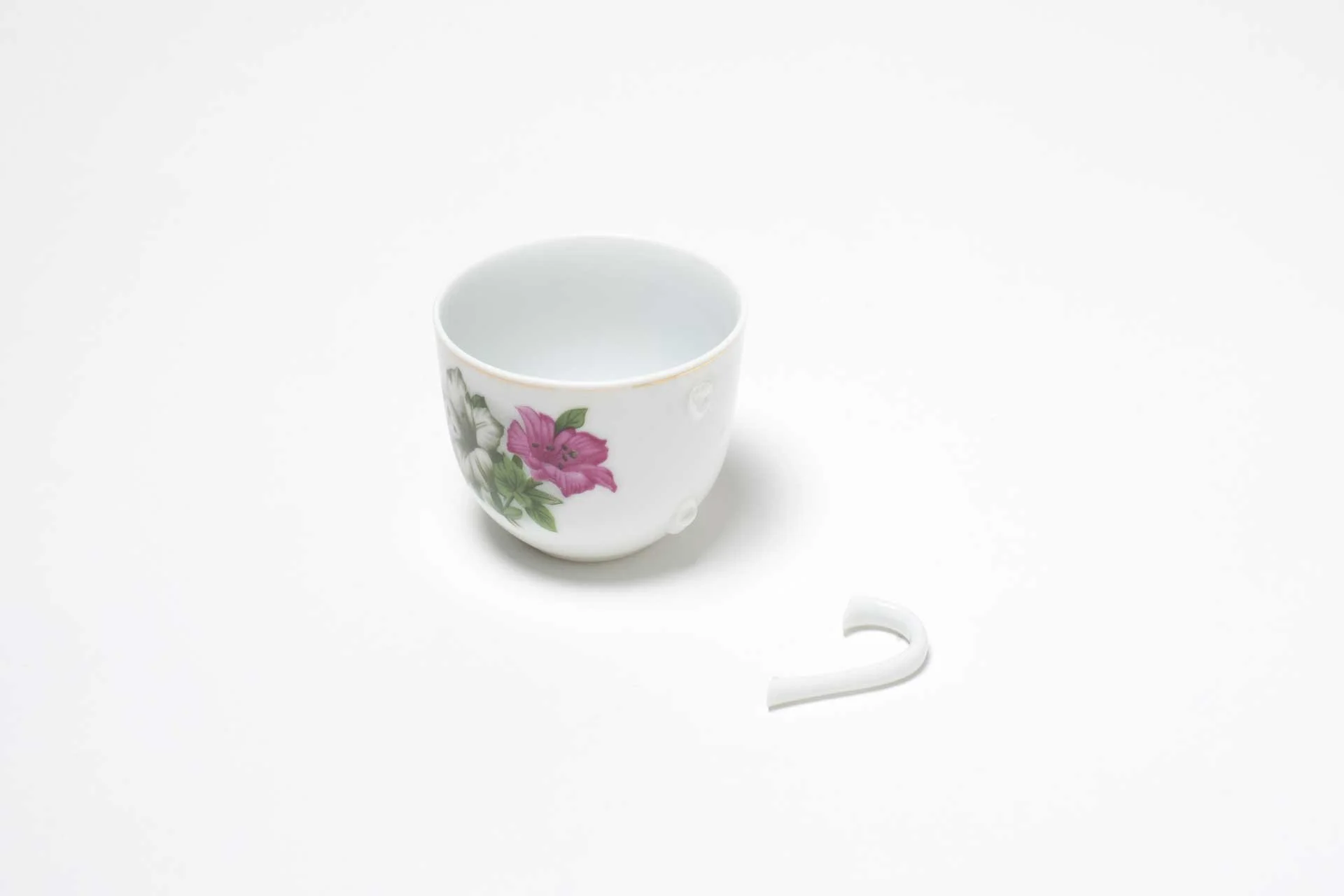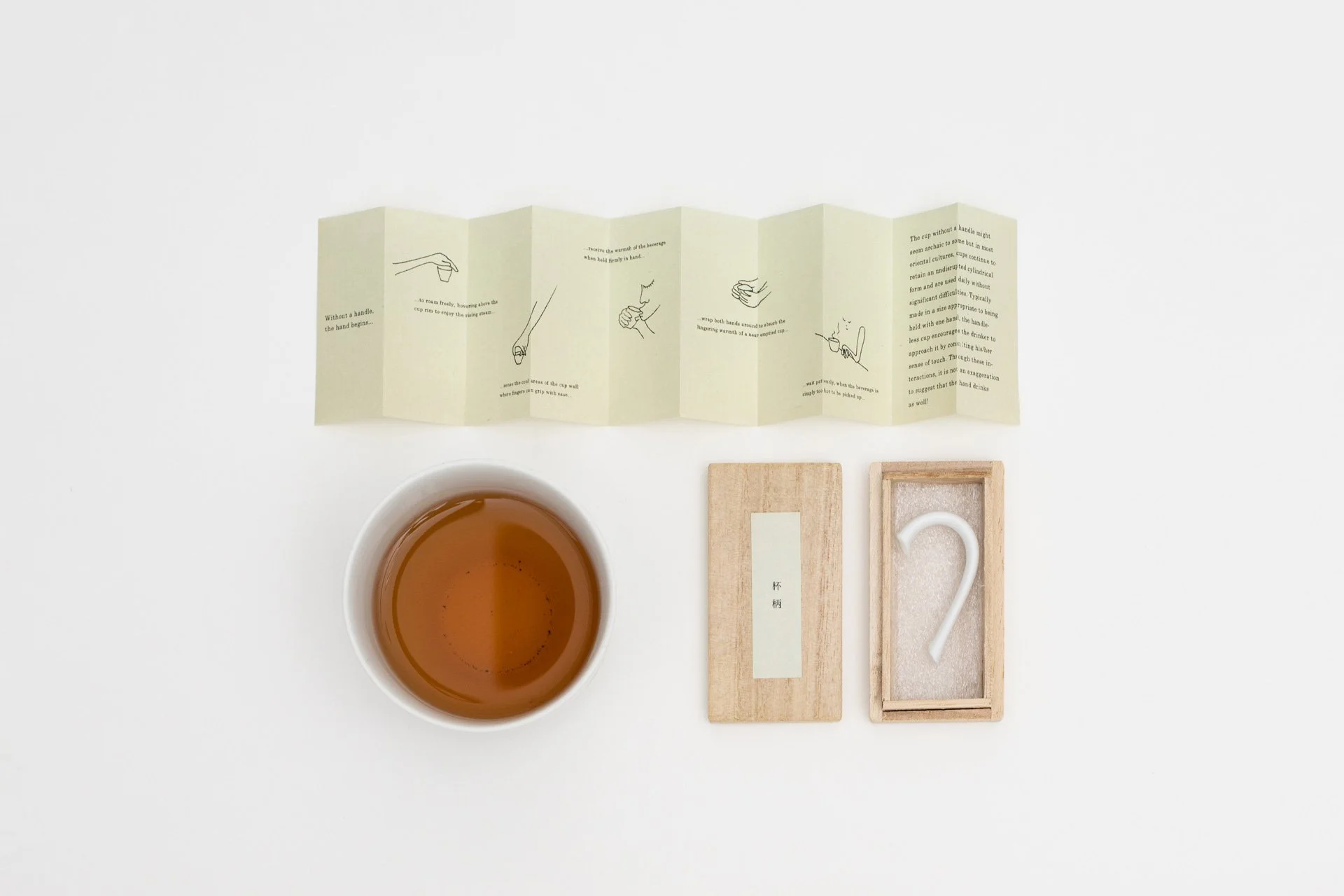
-
This cup is a memento from my mom. It was precious to her and was used (together with a tea set) only on special occasions like Chinese New Year. As kids, my sisters and I were not allowed to touch it in case we broke them. The cups were handed down to us after my parents passed on. I can’t remember how many there were originally, but I have three of them. I stored my cups away until realising they are a good size for drinking. One day, I accidentally broke a handle on one of the cups. Until this happened, I did not realise they were so important to me because I just could not bear to throw away the broken cup.
The cups represent the fond memories of my parents enjoying a cup of tea with our relatives. Their careful use of the tea set taught my sisters and I to hold our guests in high regard by providing them with the best. It might have been a simple cup of tea, but using our prized possession expressed our heartfelt sincerity. In restoring the cup to its former glory, I hope it can continue to represent these values despite the changes it goes through.
-
All things are created and destined to be broken someday. In this sense, being broken or damaged is not a bad thing. All of us develop scars throughout our lives and they should not be hidden. Instead of re-attaching the handle, the breakage is preserved with minimal alterations. Encountering the imperfection reminds us of the impermanence of everything and helps us look forward to something new. In our use-and-dispose culture today, it is important to retain and rediscover the beauty of a broken object through another use or treatment. A handle-less cup encourages the drinker to approach it with the sense of touch. It is not an exaggeration to suggest that such an interaction means the hand drinks as well.
Our main objective was to strike a fine balance between safe-handling and preserving the scars of breakage. Sharp, rough and uneven textures where the handle once joined the cup were carefully removed, just enough for the hands to come in direct contact without getting cut. The resulting exposed porcelain was protected with a thin coating of food safe resin. While one would conventionally apply a transparent glaze, the need to re-fire the cup under the intense heat of a kiln would have burnt off its gold rim which is precious to the owner. As for the severed handle, we kept it in a box alongside a booklet about “drinking without handle”. The paulownia wood box resists the ravages of humid air, making it ideal for storing treasured items.

╲
╲
╲ ╲
╱
╱
╱ ╱
╲
╲
╲ ╲






